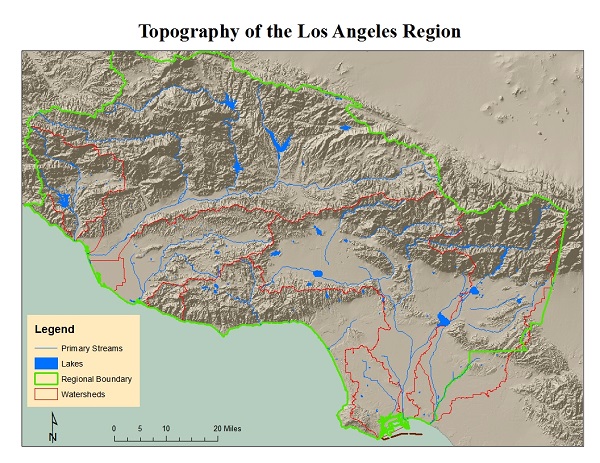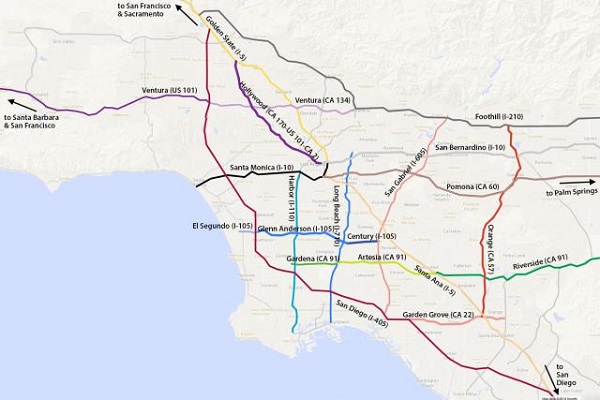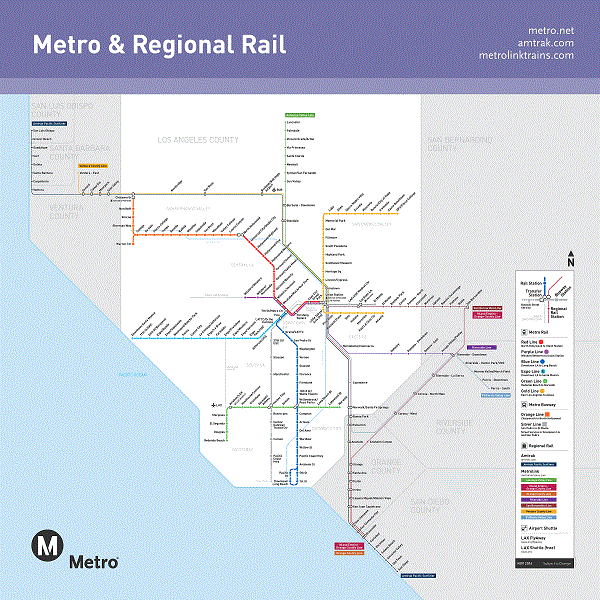When we deal with organizations, we typically act toward the people we’re connecting with in the organization based on our default ‘map’ of the organization.
It’s important to understand that – like most things – we can represent things (including organizations) using multiple maps, all equally valid – and all useful in the right context. Here are three maps of Los Angeles (topographic, freeways, rail lines):



Similarly, we usually represent organizations with different maps.
Foundationally, there is the map of the explicit power within the organization – I think of this as “who can fire who.” It’s represented by the typical hierarchical org chart. Everything in the organization intersects this map – because people want to keep their jobs or advance, and the relationships in this map will determine whether they do or not.


Recent Comments